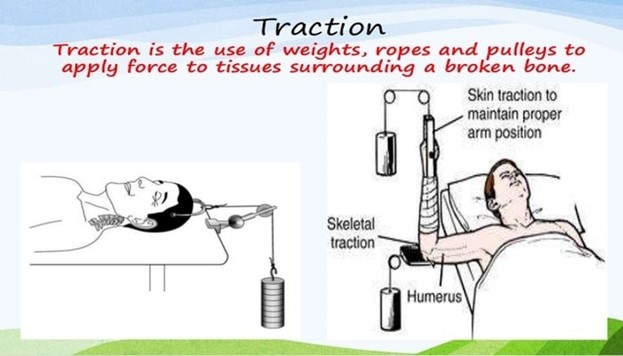The nursing instructor is leading a discussion on the physical changes to a woman's body after the delivery of the baby.
The instructor determines the session is successful after the students correctly point out which process results in the return of nonpregnant size and function of the female organs?
Evolution.
Decrement.
Progression.
Involution.
The Correct Answer is D
Involution is the process by which the uterus returns to its nonpregnant size and function after delivery.
Choice A is not correct because evolution refers to the gradual development of something.
Choice B is not correct because decrement refers to a reduction in size or value.
Choice C is not correct because progression refers to the process of developing or moving gradually toward a more advanced state.
Nursing Test Bank
Naxlex Comprehensive Predictor Exams
Related Questions
Correct Answer is D
Explanation
Involution is the process by which the uterus returns to its nonpregnant size and function after delivery.
Choice A is not correct because evolution refers to the gradual development of something.
Choice B is not correct because decrement refers to a reduction in size or value.
Choice C is not correct because progression refers to the process of developing or moving gradually toward a more advanced state.
Correct Answer is A
Explanation
Skeletal traction is a type of traction that uses pins, wires, or tongs to apply a pulling force directly to the bone.
This can help align and stabilize a fracture while it heals.

Choice B is not the best answer because muscle traction is not a type of traction.
Choice C is not the best answer because joint traction is not a type of traction.
Choice D is not the best answer because skin traction uses adhesive strips or elastic bandages to apply a pulling force to the skin, rather than directly to the bone.
Whether you are a student looking to ace your exams or a practicing nurse seeking to enhance your expertise , our nursing education contents will empower you with the confidence and competence to make a difference in the lives of patients and become a respected leader in the healthcare field.
Visit Naxlex, invest in your future and unlock endless possibilities with our unparalleled nursing education contents today
Report Wrong Answer on the Current Question
Do you disagree with the answer? If yes, what is your expected answer? Explain.
Kindly be descriptive with the issue you are facing.
